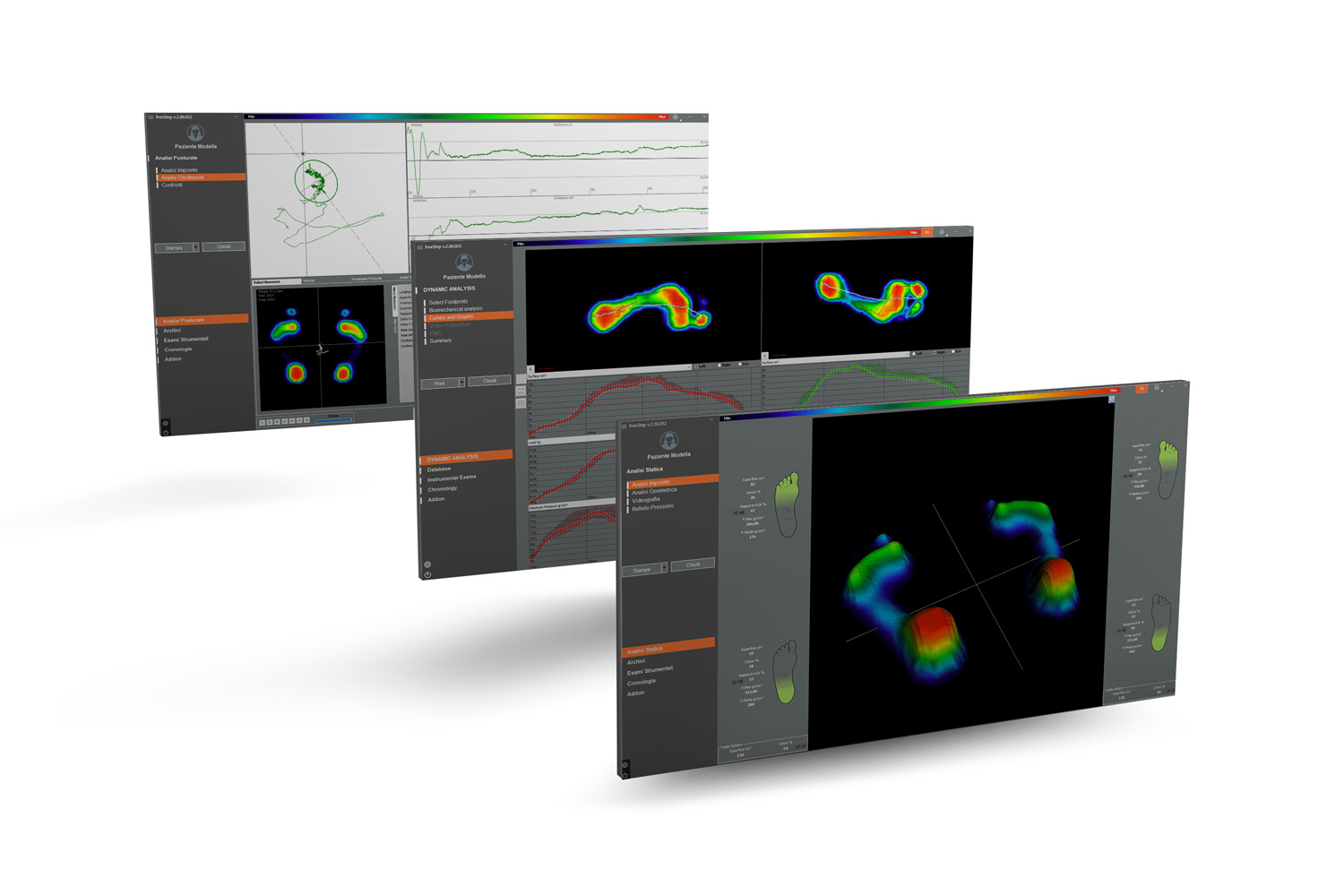The sooner scoliosis is diagnosed, the wider the range of potential treatment options and the more promising the prospective results. In this blog, we delve deeper into the significance of early detection in the treatment of scoliosis, and how advancements in technology such as Sensor Medica's
Spine 3D can play a crucial role in this process.
Benefits of Early Detection
1. Active Monitoring:
Once scoliosis is identified early, healthcare professionals can closely monitor the condition and initiate the appropriate treatment. This active engagement can often slow or even halt the progression of the condition.
2. Non-invasive Treatment Options:
Early detection provides access to a host of non-invasive treatment strategies, like bracing and physiotherapy. These interventions have proven to be most effective in the early stages of scoliosis, helping to prevent further curvature and alleviate symptoms.
3. Better Treatment Outcomes:
Research has demonstrated that early detection and subsequent treatment can lead to improved patient outcomes. This includes a lower likelihood of progression, minimized disruption to lung function, and an overall enhanced quality of life.
4. Screening Initiatives:
School-based screening programs have emerged as an effective way to ensure early detection. By identifying scoliosis before it becomes symptomatic, these initiatives enable prompt intervention and treatment.
The Role of Technology in Early Detection: Sensor Medica's Spine 3D
Chiropractors and other healthcare providers have an opportunity to leverage state-of-the-art technology to enhance early detection of scoliosis. One such tool is
Sensor Medica's Spine 3D, which can be incorporated into a healthcare program to improve patient care and outcomes.
1. Precise Diagnosis and Monitoring:
Spine 3D uses LiDAR technology to conduct non-invasive, radiation-free scans of the vertebral column, offering a more comprehensive and accurate overview of a patient's spinal health than traditional methods. This allows for more precise diagnoses and more effective monitoring of scoliosis progression over time.
2. Enhanced Treatment Plans:
The Spine 3D device provides a range of clinical parameters, including posture analysis and scoliosis analysis. This allows healthcare providers to customize treatment plans based on the individual needs of each patient.
3. Patient Education and Engagement:
The 3D images and automatic reports generated by the Spine 3D can be used to educate patients about their condition and the progress of their treatment, fostering increased engagement and adherence to treatment plans.
4. Ease of Use:
The Spine 3D is designed to be user-friendly and efficient, offering features like automatic identification of reference points and a touchscreen interface. This not only saves time but also reduces the risk of errors during the scanning process.
5. Research and Collaboration:
The data collected by Spine 3D can be used for research purposes or shared with other healthcare providers as part of a collaborative care approach. This can lead to better patient outcomes and advancements in the field of spinal health.
Conclusion
Detecting scoliosis early is a cornerstone of effective scoliosis management. The integration of technology, such as Sensor Medica's Spine 3D, offers a powerful tool for early detection and improved treatment. By staying educated and proactive, healthcare providers can significantly impact their patients' lives, offering them the best chance of effective treatment and improved quality of life.
Contact us to discover how Spine 3D can add value to your clinic and your patients with advanced digital diagnostics tools to detect and manage Scoliosis.


































































